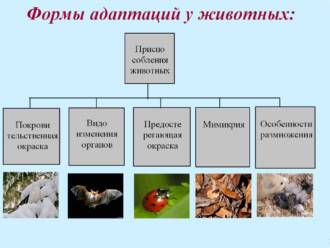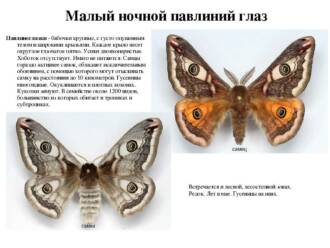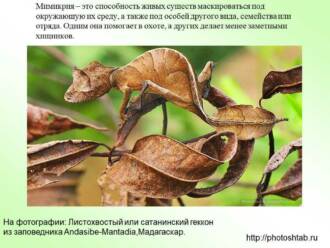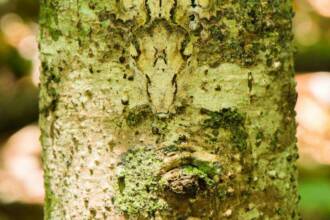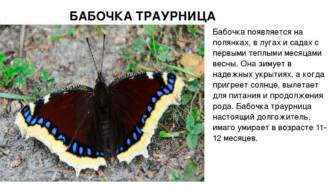
Butterflies are amazing creatures that amaze with their diversity and beauty. They are one of the most graceful insects on the planet and delight with their grace. But in addition to their external attractiveness, butterflies have many other amazing features that make them truly unique.
One of the most amazing features of butterflies is their ability to migrate. Some species of butterflies can travel vast distances in search of favorable conditions for breeding and feeding. For example, monarch butterflies make an incredible journey from North America to Mexico and back every year, covering more than 4,000 kilometers. This is the longest migration of any insect and a truly amazing phenomenon.
Another interesting feature of butterflies is their ability to mimicry. Many species of butterflies have special colors and patterns on their wings that help them hide from predators or look dangerous. For example, some butterflies have colors that are similar to the eyes of birds of prey or reptiles, which frightens potential enemies. There are also butterflies that imitate dangerous insect species or even snakes to intimidate predators and increase their chances of survival.
Butterfly migration and their incredible journeys
Butterflies are one of nature's most interesting creatures. They have the amazing ability to migrate long distances, making incredible journeys. Butterflies migrate in order to find better conditions for reproduction and nutrition.
One of the most famous butterfly migrations is the monarch butterfly migration. Every year, millions of North American monarch butterflies embark on an incredible journey of up to 4,800 kilometers. They fly from Canada and the United States to Mexico, where they spend the winter. In the spring they take to the skies again and return north to breed. This amazing journey takes several generations of butterflies and is a true miracle of nature.
Interestingly, the migration of butterflies is carried out using orientation to the sun and the Earth’s magnetic field. Butterflies use their internal compass to find their way to their destination. They also rely on smell and visual cues to help them stay on track.
Butterfly migration is of great importance for maintaining the population of these beautiful insects. It allows them to find new places to live and reproduce, as well as expand their genetic resources. Butterflies are important plant pollinators, and their migration helps spread pollen and maintain biodiversity.
Overall, butterfly migration is an amazing phenomenon that demonstrates the incredible abilities of these delicate creatures. They show us that nature has incredible power and beauty that we have yet to fully understand.
Unique development cycles of butterflies: from egg to sparkling beauty
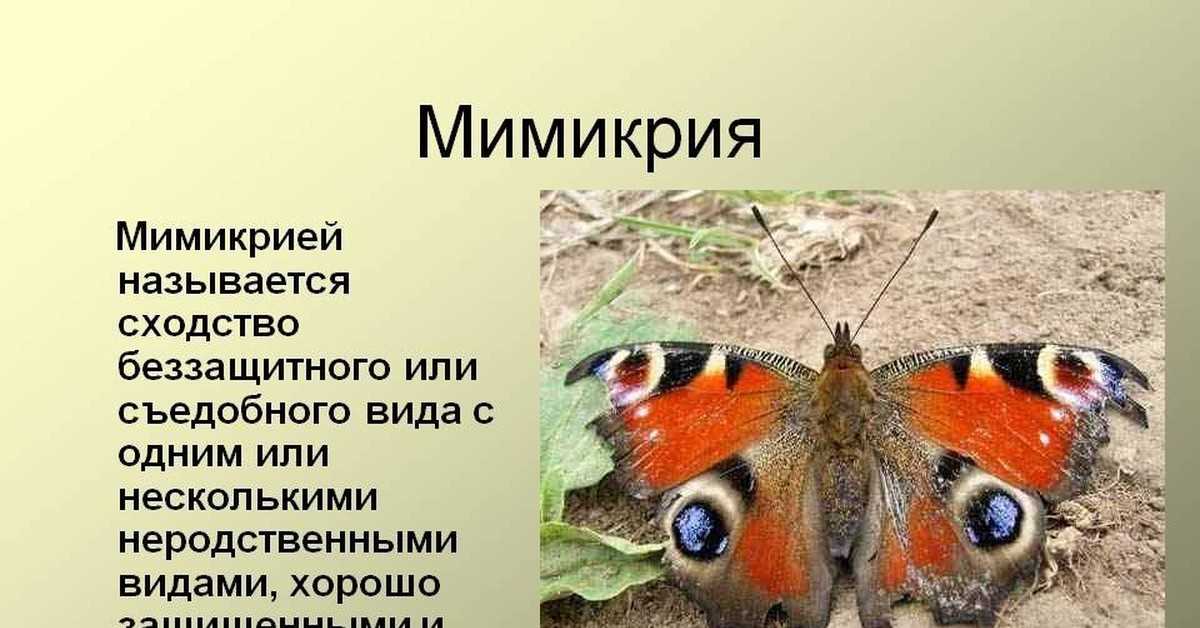
The butterfly development cycle is an amazing phenomenon that occurs in several stages and leads to the transformation of a caterpillar into a beautiful insect with wings. This cycle begins with a small egg, which the female lays on a suitable plant.
Egg - the first stage of butterfly development. They can be of different shapes, colors and sizes, depending on the type of butterfly. The eggs contain everything necessary for the development of the caterpillar.
Caterpillar – the next stage of development. A hungry caterpillar hatches from the egg and begins to actively feed on plant leaves. Interestingly, caterpillars can have different colors and shapes, as well as different methods of protection from predators.
chrysalis - This is the next stage of development that occurs after the caterpillar reaches a certain size. The caterpillar turns into a pupa, forming a protective shell. Amazing processes take place inside the pupa, resulting in the transformation of a caterpillar into a butterfly.
Butterfly – the last stage of development. When the metamorphosis process is complete, the pupa splits and an adult butterfly emerges. At the initial stage it is soft and moist, but over time the wings become strong and colorful. The butterfly is ready to fly and find a breeding partner.
All these stages of development, from egg to butterfly, are unique and amazing. They exhibit incredible adaptability and natural beauty, and serve as an important link in the ecosystem.
The phenomenon of mimicry: how butterflies camouflage and protect themselves
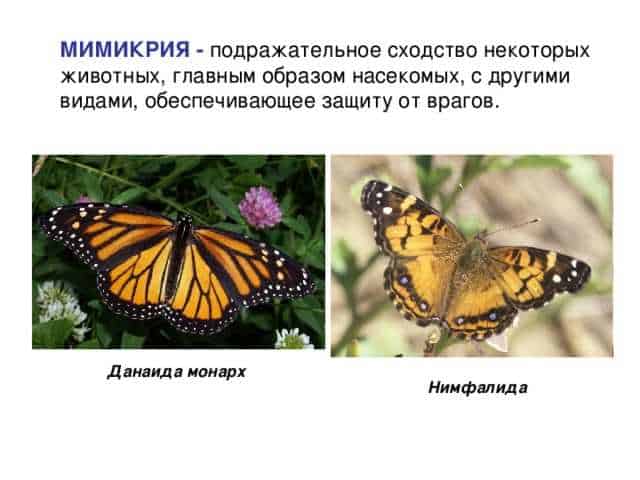
Mimicry is a phenomenon in which butterflies disguise themselves as other objects or animals to protect themselves from predators and increase their chances of survival. This is a strategy that butterflies use to confuse their enemies and avoid being eaten.
Butterflies can mimic both dangerous or poisonous animals and inanimate objects, such as leaves or tree bark. They can imitate bright colors and patterns to appear dangerous or repulsive to predators. They can also use camouflage to blend in with their surroundings and be invisible to enemies.
Mimicry is of two types:
- Müllerian imitation - This is when butterflies imitate dangerous or poisonous fellow butterflies to scare away predators. They copy their bright colors and patterns to create the impression of danger. This allows them to avoid attacks from predators who prefer not to take risks and attack less dangerous animals.
- Batesian imitation - This is when non-dangerous butterflies imitate dangerous or poisonous counterparts in order to protect themselves. They also copy bright colors and patterns to create the impression of danger. Predators familiar with dangerous species will avoid attacking these butterflies, as they associate bright colors and patterns with danger.
Mimicry is an amazing phenomenon that allows butterflies to protect themselves from predators and survive in the harsh natural world. They use a variety of camouflage and mimicry strategies to remain unnoticed or to scare off enemies. This is a striking example of adaptation and evolution in the animal kingdom.
Unusual ways butterflies communicate: from vibrations to chemical signals

Butterflies, like many other animals, have different ways of communicating with each other. Some of these methods may seem unusual and unusual to us. However, for butterflies they are important means of transmitting information and establishing contact with other individuals of their species.
Vibrations as a danger signal
One of the unusual ways butterflies communicate is through vibrations. Some species of butterflies use vibrations of their wings or bodies to warn of possible danger. These vibrations can be noticed by other individuals and serve as a signal to all butterflies in the area. In this way, butterflies can prevent attacks from predatory animals or avoid dangerous situations.
Chemical signals to attract a partner
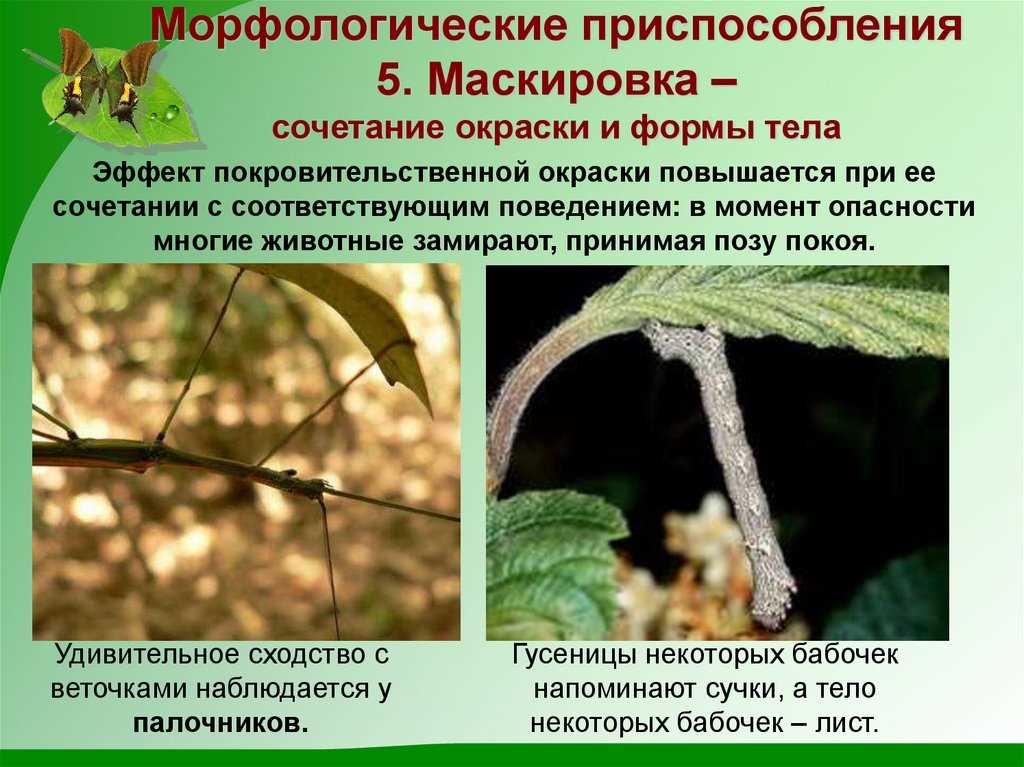
Another unusual way butterflies communicate is by using chemical signals to attract a mate. Male butterflies may secrete special pheromones on their hind wings that serve as a signal to females. Females, detecting these pheromones, can fly to the male and begin the breeding process. This method of communication is especially important for butterflies, since they are often found in conditions where visual detection of a partner is difficult.
Thus, butterflies use unusual methods of communication, such as vibrations and chemical signals, to convey information about possible danger or to attract a breeding partner. These modes of communication are important elements of their behavior and help them successfully survive and reproduce in different environmental conditions.
Role-based sexual dimorphy: why male and female butterflies are so different

An amazing fact in the world of butterflies is the presence of role sexual dimorphy, when males and females differ from each other not only in appearance, but also in behavior. This phenomenon arouses interest and questions among many researchers.
One of the main reasons for the differences between male and female butterflies is their reproductive roles. Males usually take an active role in finding mates and compete for the attention of females. Their varied colors, wing patterns and antennae are the result of natural selection driven by the desire to attract females.
Females, on the other hand, are more subdued in coloration and usually do not attract attention with their appearance. Their main task is to find a suitable male for reproduction and choose the most attractive and healthy one. They can use smells and pheromones to attract males.
In addition to external differences, male and female butterflies also differ in behavior. Females tend to be more passive and focused on laying eggs and caring for their young. Males actively explore the environment in search of partners and often fight with each other for the right to reproduce.
So, role sexual dimorphy in butterflies is the result of evolutionary selection and adaptation to environmental conditions. The differences between males and females are due to their different reproductive roles, which help them reproduce effectively and continue their species.
The importance of butterflies in the ecosystem: from pollination to population regulation
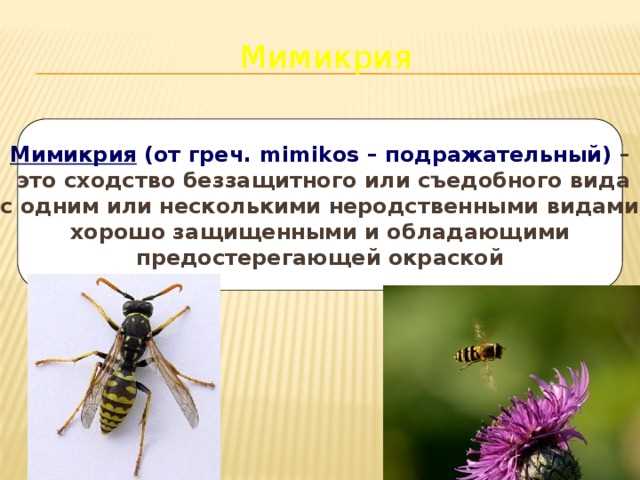
Butterflies play an important role in the ecosystem, performing various functions that contribute to the conservation of biodiversity and the sustainability of natural communities.
Pollination

One of the main functions of butterflies is pollination of plants. While visiting flowers, butterflies transfer pollen from the stamens to the pistils, which promotes fertilization and seed formation. Through this process, butterflies play an important role in the reproduction of many plant species.
food chain
Butterflies are a food source for many animals, including birds, frogs and insectivorous mammals. They are an important link in the food chain, providing food for higher trophic levels and maintaining balance in natural communities.
Population regulation
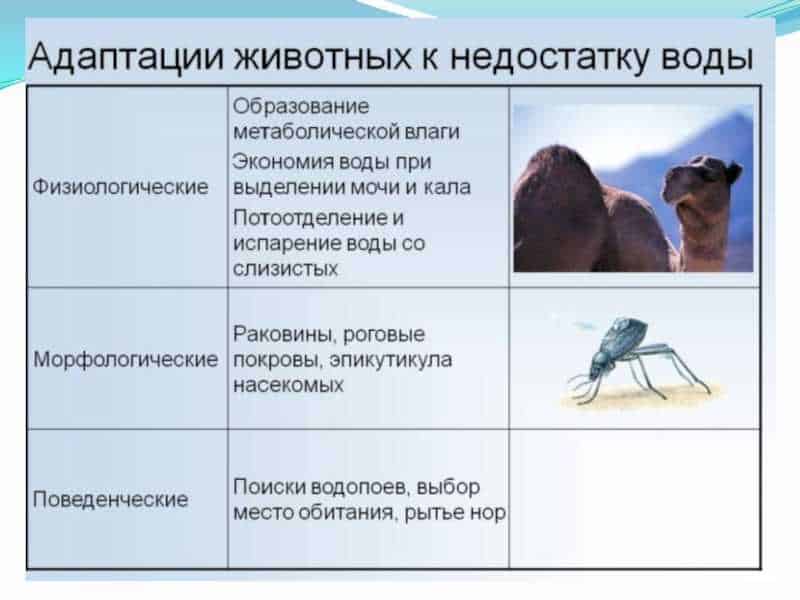
Some species of butterflies play an important role in regulating the populations of other insects. For example, predatory butterflies feed on caterpillars and other plant pests, helping to control their populations. As a result of this, butterflies contribute to the preservation of plants and prevent their destruction by pests.
Thus, butterflies are of great importance in the ecosystem, performing the functions of pollinating plants, participating in food chains and helping to regulate the population of other insects.
Amazing ways butterflies survive in the harsh natural world

Butterflies are incredible creatures that have evolved amazing ways to survive in the harsh natural world. One of these methods is mimicry. Butterflies may mimic the appearance of other dangerous or repulsive species to ward off predators. Some butterflies are even able to imitate poisonous species to protect themselves from potential threats.
Another amazing way butterflies survive is their ability to migrate long distances. Some butterfly species can travel thousands of kilometers to find suitable breeding sites or search for food. They use a built-in compass that allows them to navigate by the stars or the Earth's magnetic field.
Butterflies also have unique ways of defending themselves against predators. Some species of butterflies have bright colors on their wings, which serve as a warning to predators that they are poisonous or have an unpleasant taste. Other butterflies may use their wings to create noise or vibrations to distract a predator and escape to safety.
Another amazing way butterflies survive is their ability to survive long periods of hunger. During hibernation, butterflies may reduce their activity and slow their metabolism in order to conserve energy and survive without food for several months. When spring comes, they awaken and resume their activity.

